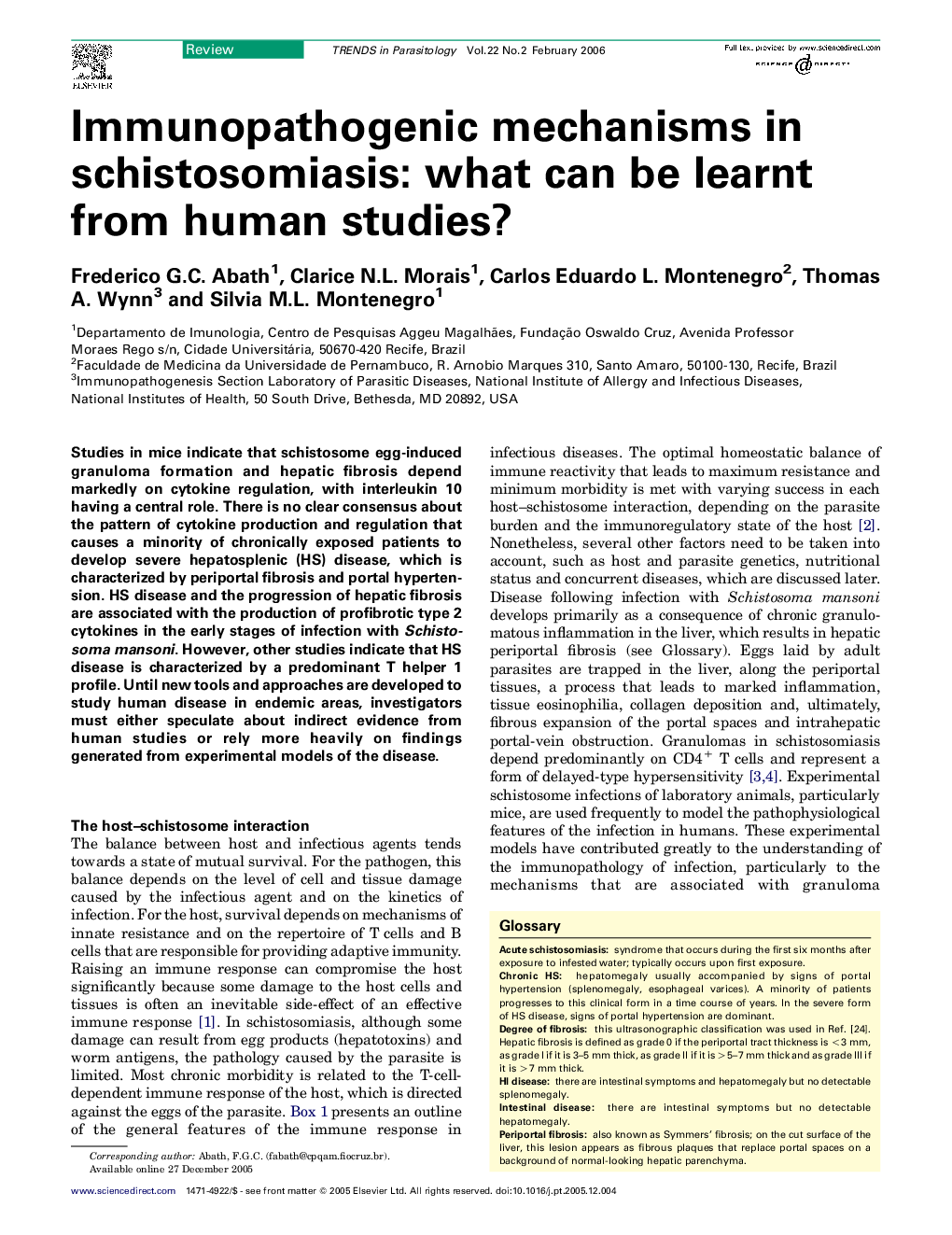| Article ID | Journal | Published Year | Pages | File Type |
|---|---|---|---|---|
| 3423957 | Trends in Parasitology | 2006 | 7 Pages |
Studies in mice indicate that schistosome egg-induced granuloma formation and hepatic fibrosis depend markedly on cytokine regulation, with interleukin 10 having a central role. There is no clear consensus about the pattern of cytokine production and regulation that causes a minority of chronically exposed patients to develop severe hepatosplenic (HS) disease, which is characterized by periportal fibrosis and portal hypertension. HS disease and the progression of hepatic fibrosis are associated with the production of profibrotic type 2 cytokines in the early stages of infection with Schistosoma mansoni. However, other studies indicate that HS disease is characterized by a predominant T helper 1 profile. Until new tools and approaches are developed to study human disease in endemic areas, investigators must either speculate about indirect evidence from human studies or rely more heavily on findings generated from experimental models of the disease.
